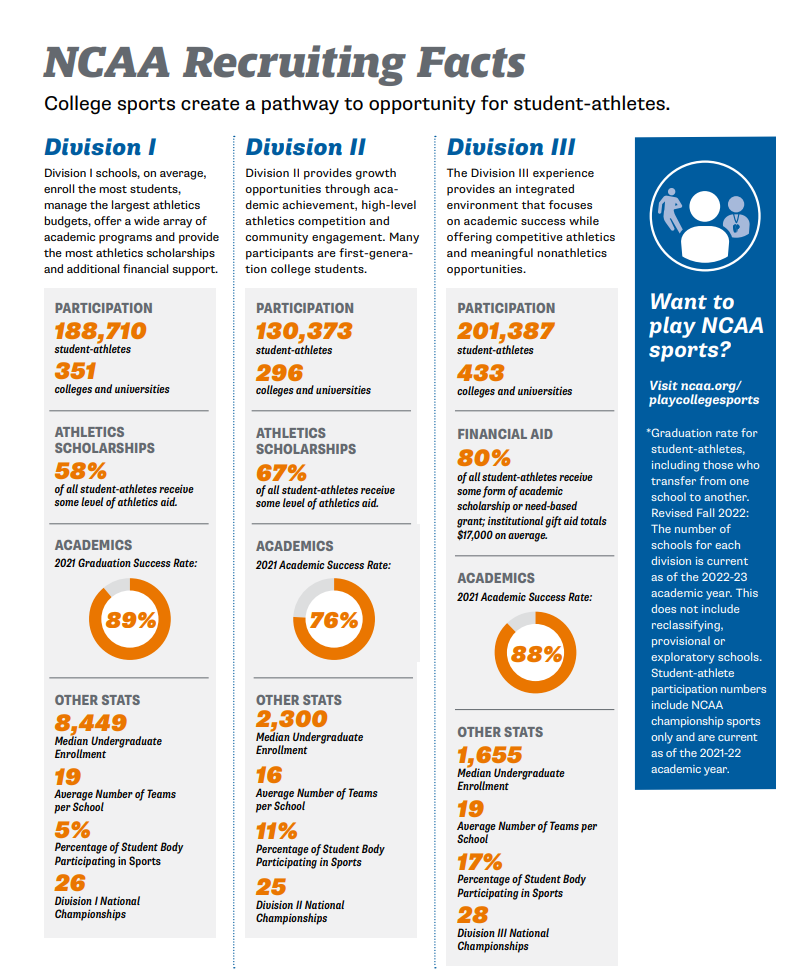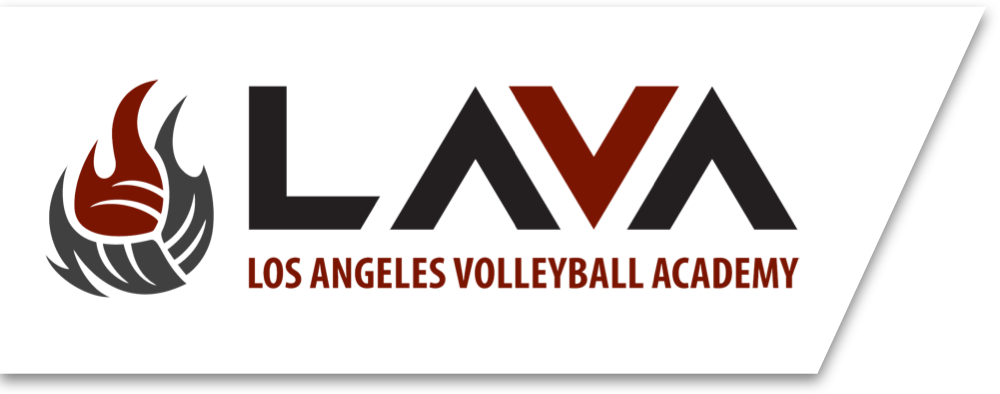DIVISIONS EXPLAINED
Differences between Division I, II, III, NAIA & Junior College
Division I
- There are 334 Division I universities with volleyball programs.
- Division I member institutions have up to 12 scholarships available. There can be no more than 12 members on one volleyball team on scholarship.
- Each scholarship at the Division I level can only be awarded to one person. This means the scholarships cannot be split.
- The exception to this if the program is not fully-funded (does not have 12 full scholarships). In that case, scholarship money can be split up.
- This also affects you if you are planning to be a walk-on and hope to get scholarship money from alternate sources such as academic status. You must first check with the compliance director at the University to be sure the money you are receiving doesn’t count against 12 scholarships.
Division II
- There are 298 Division II universities with volleyball programs.
- Division II member institutions have a pool of money for recruitment as opposed to Division I where they have specific scholarships for recruitment.
- You can receive a full scholarship at the Division II level, or you can receive a partial scholarship. The coaches can split the money how they see fit.
- There are maximum financial aid awards for each sport that a Division II school must not exceed.
Division III
- There are 437 Division III universities with volleyball programs. Most are small campuses with high academic requirements
- Division III athletics feature student-athletes who receive no financial aid related to their athletic ability.
- Many student athletes earn academic scholarships while others apply for and receive need-based financial aid.
NAIA
- There are 220 NAIA universities with volleyball programs. These schools tend to be smaller in size and frequently have a religious affiliation
- Similar to NCAA Division II, NAIA member institutions have a pool of money for recruitment
- Though rare, you can receive a full scholarship in the NAIA. More frequently seen is a partial scholarship. The coaches can split the money how they see fit.
- Athletes may also apply for academic scholarships and need-based financial aid.
Junior College
- Junior colleges also vary in level and rules depending on location.
- The scholarship requirements are the same at the JC level as they are at for four-year institutions.
- Junior College is a good place for players who need time to adjust to the academic requirements of college and for players who are underdeveloped and need more experience before they will be seasoned enough to move onto a 4-year program.
GOVERNING BODIES
ELIGIBILITY CENTERS
FINANCIAL AID SITES
WIKIPEDIA PAGES
MISCELLANEOUS SITES

